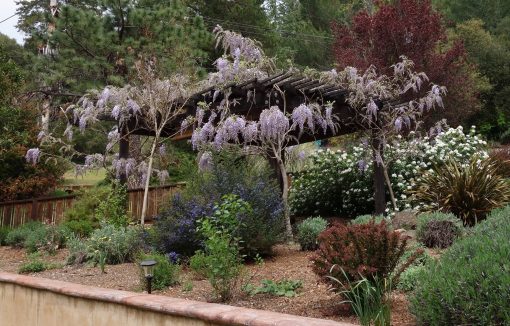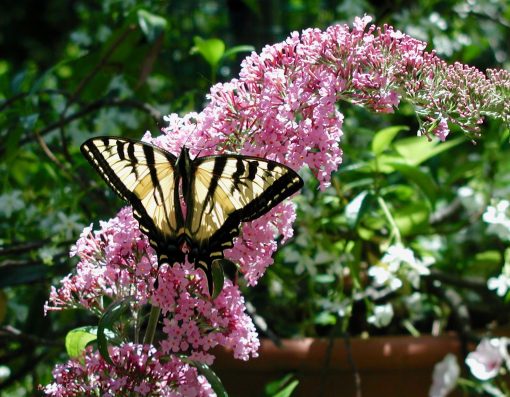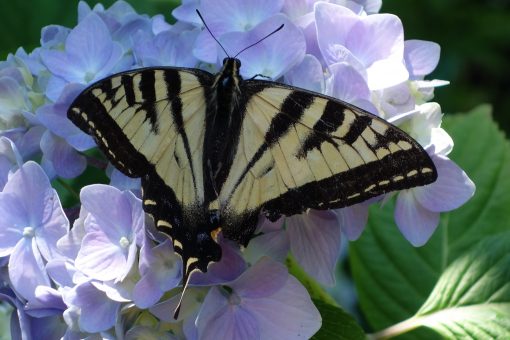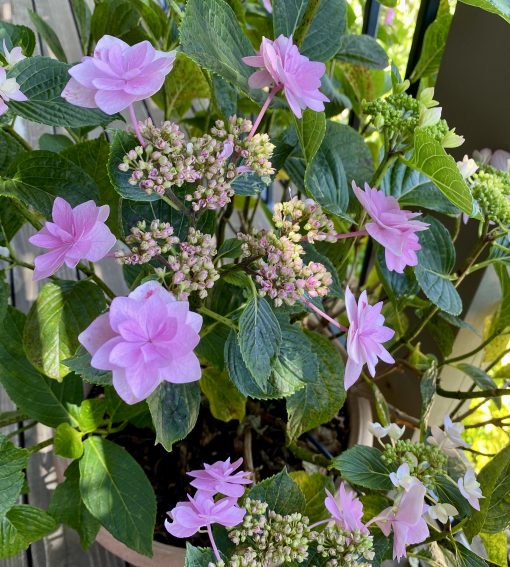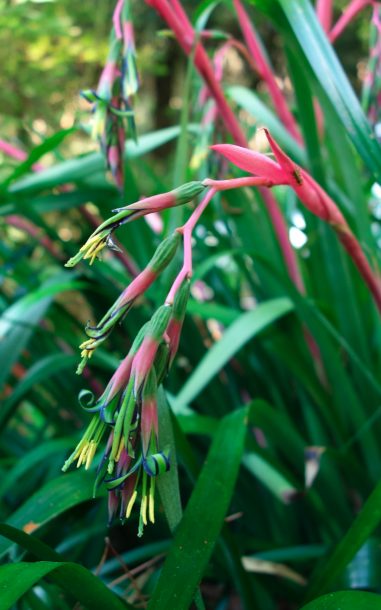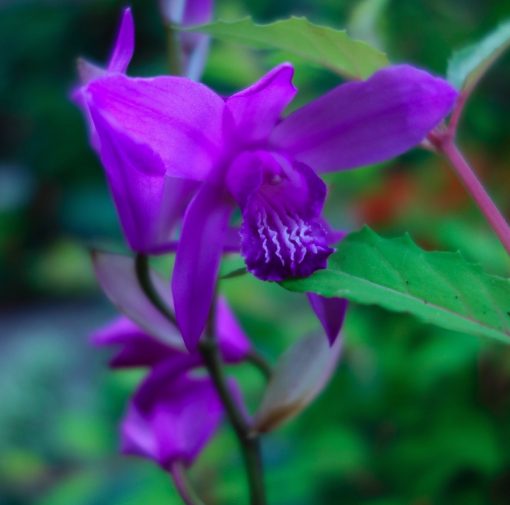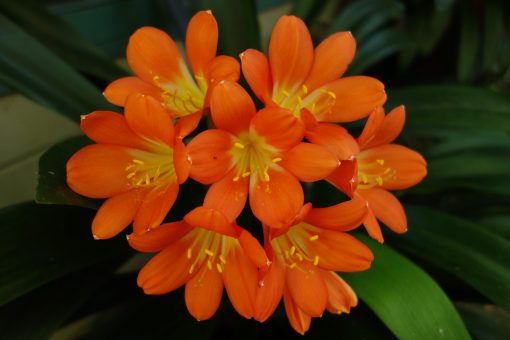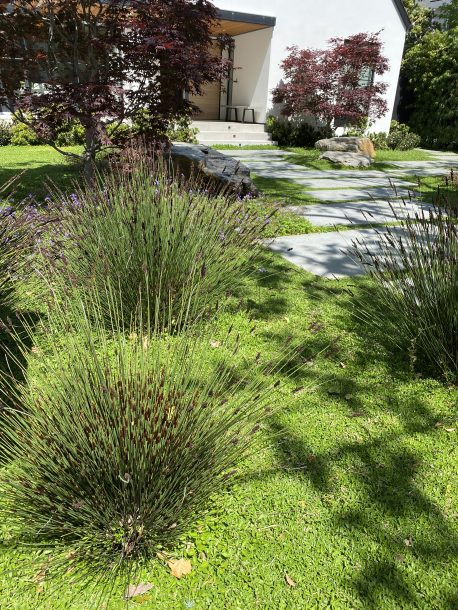
A couple months ago I had the pleasure of visiting some incredible gardens in Palo Also. After a hiatus due to Covid, the Gamble Garden Tour did not disappoint. With so many garden styles to take in, I came away with inspiration and lots of ideas for low maintenance and low water landscapes. One of my favorite gardens showcased kurapia ground cover over most of the front yard.
Kurapia is a deep rooted, low water use, low maintenance ground cover. Its parent is in the Lippia genus and has naturalized worldwide. However, Kurapia has been bred to have sterile seeds and its growth habit is much more compact and tamed. Though it is sterile with respect to seed production, it does flower and is bee and butterfly friendly, blooming from May to October. This is a good groundcover if pollination of nearby fruit trees is needed or your want to encourage bees in your garden for general pollination. If bees are an issue for someone in your family Kurapia can be mowed once or twice a month to cut the blooms off. Mowing benefits this groundcover making it grow denser which naturally surpasses weeds once it fills in.
Kurapia has been extensively studied at UC Davis and UC Riverside comparing it with No Mow as well as other drought tolerant cool and warm season grasses. Kurapia exceeded them all going 52 days without water and still maintained its green color. An extensive root system that goes as deep as four feet and a dense 2” to 3” tall mat-like top is the secret. The California sod grower recommends more frequent irrigation but it still requires just 60% of the water of a traditional lawn.
Kurapia does not require much fertilization either. One time in the spring for growth and flowering and once in the fall to keep the green color through the winter is sufficient. Kurapia is evergreen and does not have a dormant period though growth stops or slows does in the winter. It spreads and self repairs by stolons. This groundcover grows in sun to partial shade requiring only three hours of sunlight. However it tends to stay more compact in full sun.
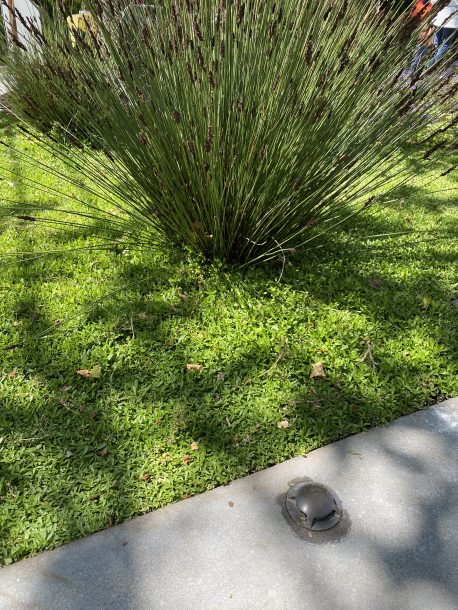
Kurapia will handle light to moderate foot traffic. It cannot take consistent high traffic though it is very walkable.
Kurapia is hardy to 20 degrees though in tests it has survived temperatures as low as 12 degrees. Its deep root system is unparalleled for erosion on slopes. Did I mention it takes 60% less water and how much you mow is up to you?
If you’ve been thinking of replacing your lawn or part of it anyway to save on water and maintenance, this is a good time if you live in Scotts Valley. Starting June 1st for a limited time, the district has increased their rebate to $2/square foot. Replace your lawn with low water use plants and ground covers or hardscaping and convert your sprinklers to drip at the same time. Visit their website for more information.
www.slvwd.com/conservation/pages/rebate-program

